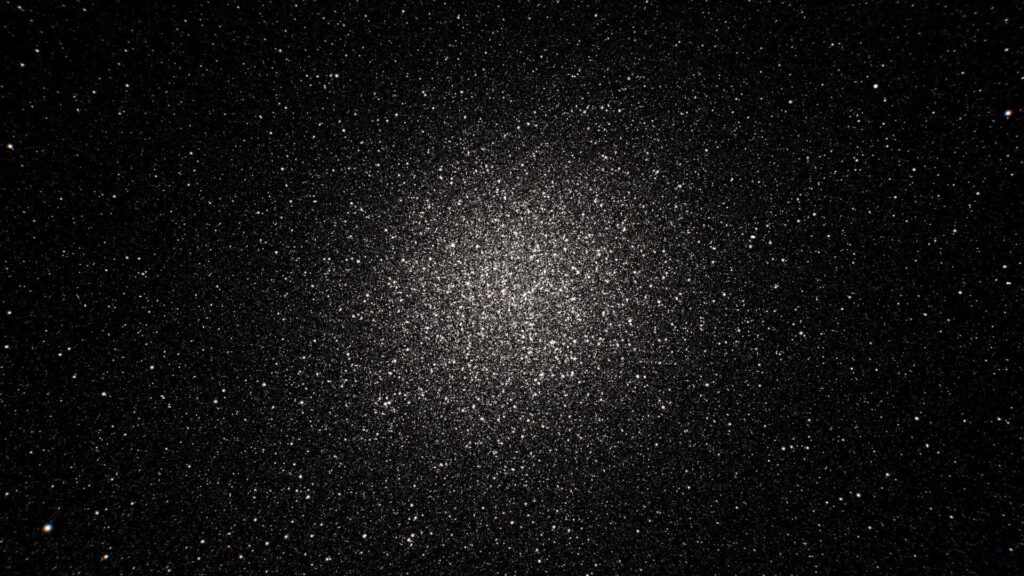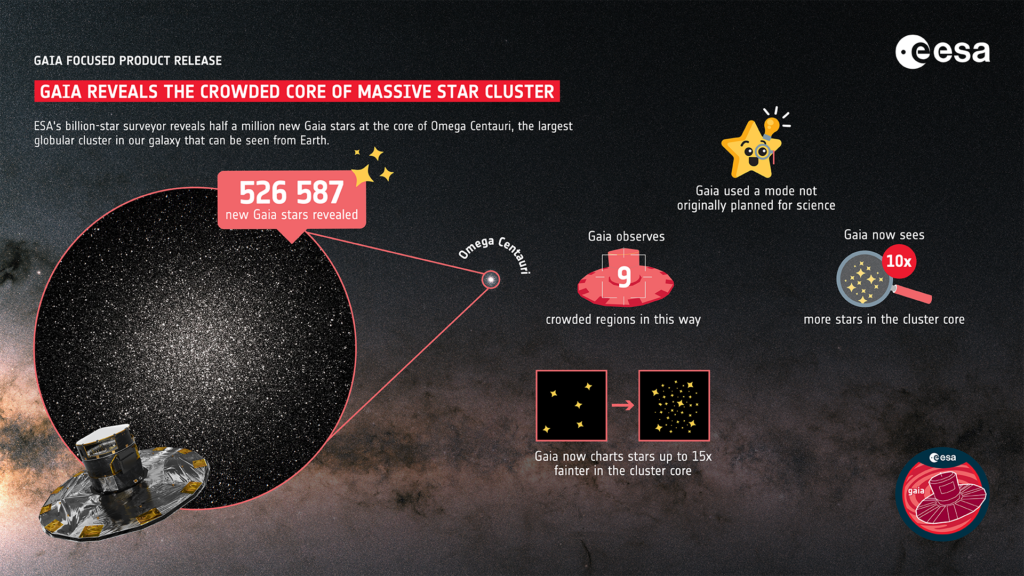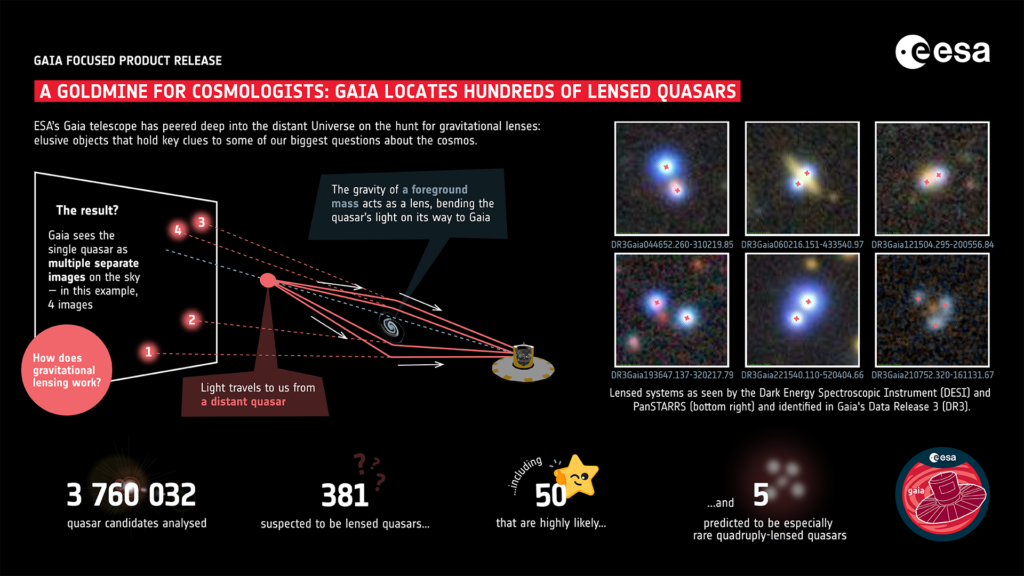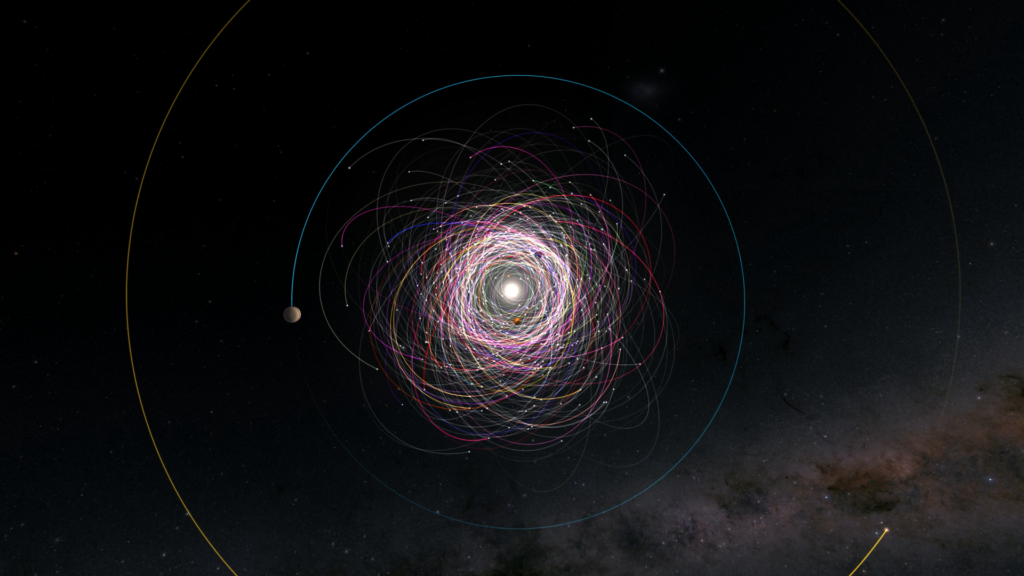The European Space Agency published a new release of data collected by the Gaia space Telescope. Among other things, it managed to count the stars of the Omega Centauri globular cluster, find more than 380 potential gravitational lenses and accurately determine the orbits of about 150 thousand asteroids.
Half a million Omega Centauri stars
The previous release of Gaia data contained information about more than 1.8 billion stars, which allowed us to get a fairly complete picture of the Milky Way. But there were gaps in galactic mapping, one of which was globular clusters. They are among the oldest objects in the Universe, which makes them especially valuable for astronomical research. The problem is that the density of stars in their centers is so high that it makes it difficult to study individual luminaries.

To demonstrate how this gap can be filled, astronomers have chosen Omega Centauri, the largest known globular cluster in our galaxy, as well as one of the closest to Earth. It can even be seen in the Earth’s sky with the naked eye.

Instead of focusing on individual stars, Gaia has turned on a special mode that allows it to get a map of a wider area of the sky around its core every time a cluster appears in the field of view. Then, using algorithms, the researchers compared the images and “isolated” the stars. Stars that are part of Omega Centauri. In total, they managed to detect 526,587 previously unknown luminaries.
Gravitational lenses
Another object of interest of Gaia are gravitational lenses — cosmic mirages that occur when the gravity of some massive object (for example, a galactic cluster) acts like a magnifying glass. Astronomers actively use gravitational lenses to study distant stars and galaxies, which themselves are too dim to be seen by even the most powerful telescopes of our time.

During the study of Gaia data, researchers found that some of the objects in its images were not just bright stars, although they looked like them. In fact, these are lensed quasars — the cores of very distant galaxies, in the centers of which active black holes are located. In total, Gaia has found 381 candidates for lensed quasars. Five are potential Einstein crosses. They arise in cases when the gravitational lens quadruples the images of an object.
Asteroids and pulsating stars
Gaia also turned its attention to closer objects located in our Solar System. It’s about asteroids. The new data set contains information about 156,823 small bodies, allowing a much more accurate determination of their orbits. It is expected that in the future Gaia will supplement it with information about comets, moons of planets and other asteroids. This will significantly improve the understanding of our cosmic neighbors.

And finally, the Gaia catalog contains data on the dynamics of 10 thousand pulsating and double red giant stars. They will help astronomers understand how these amazing luminaries change over time.
According to https://www.esa.int
Follow us on Twitter to get the most interesting space news in time
https://twitter.com/ust_magazine
